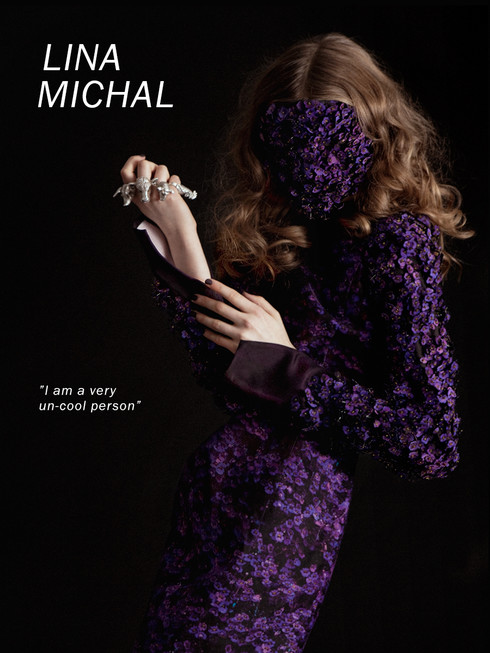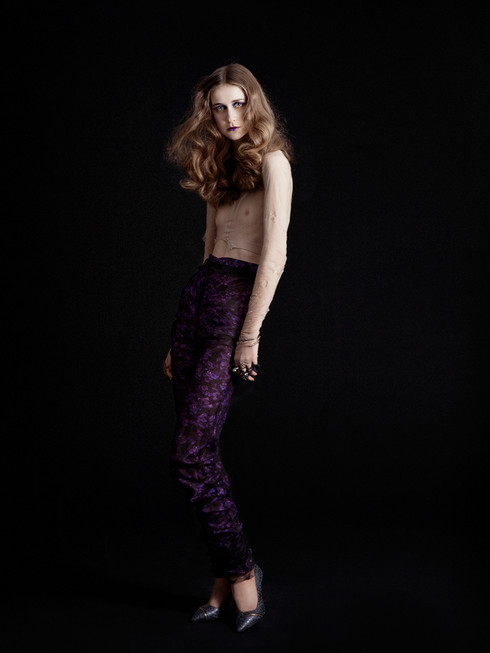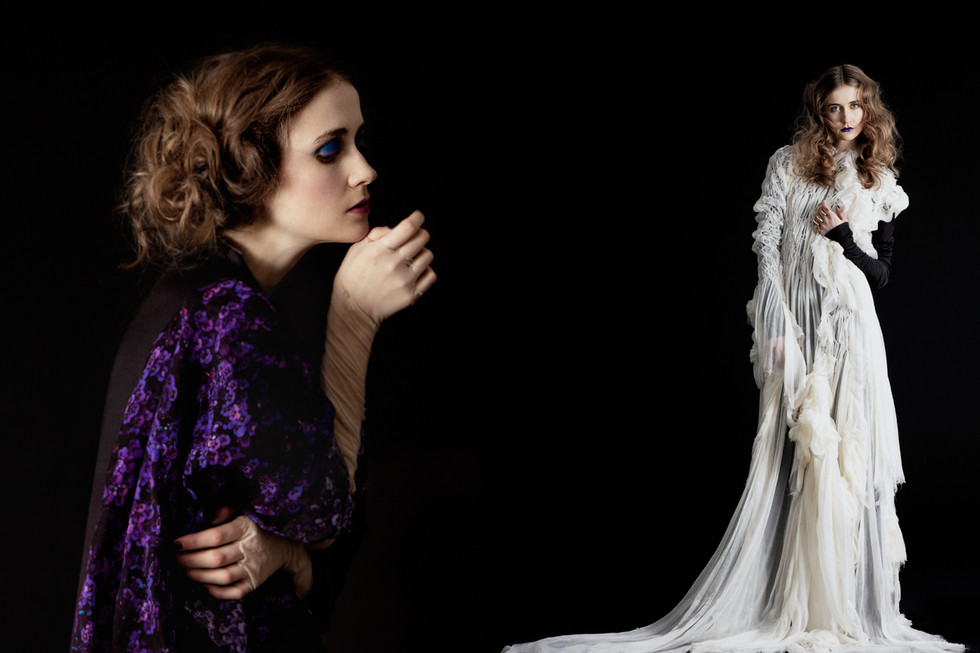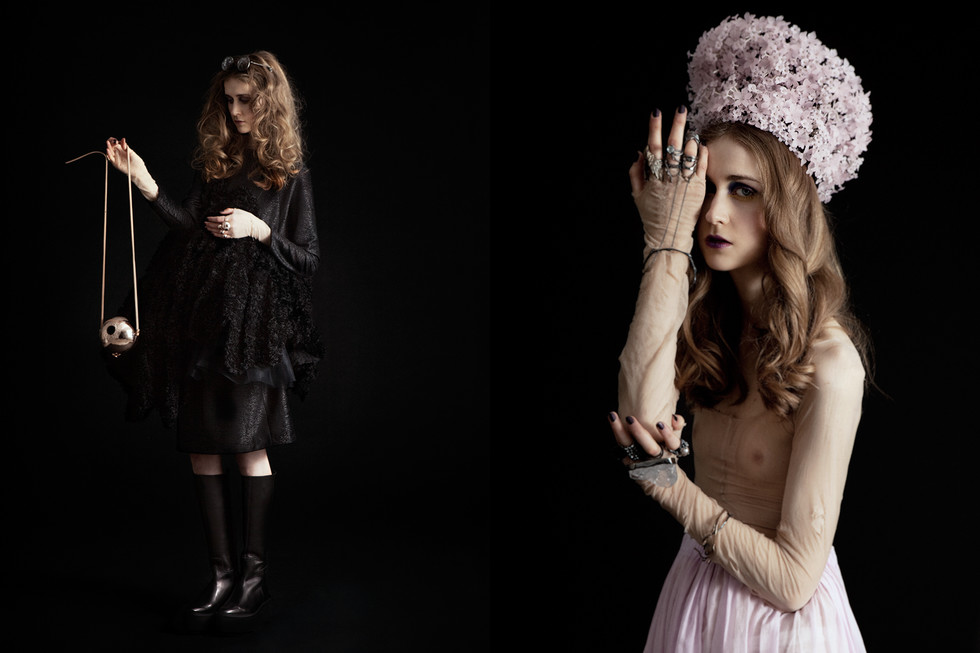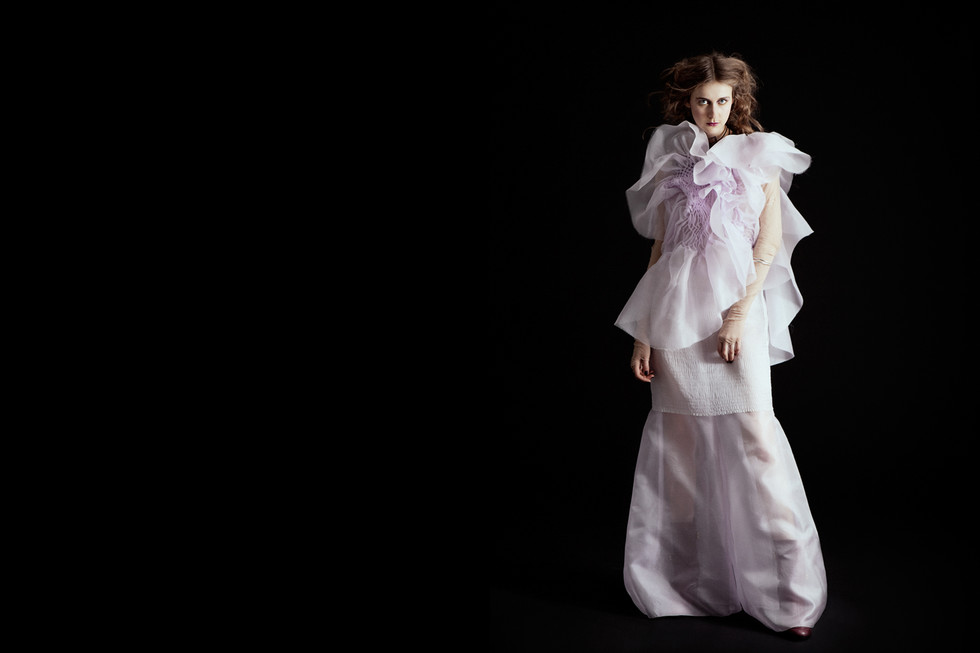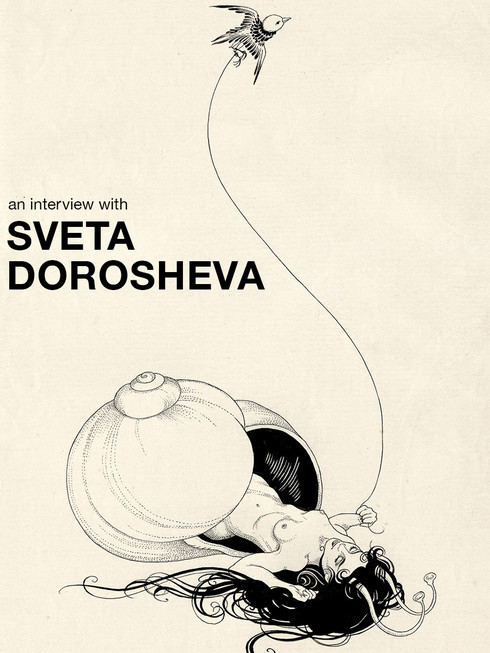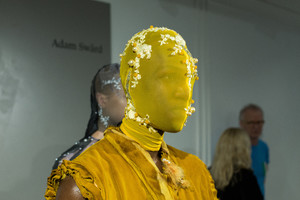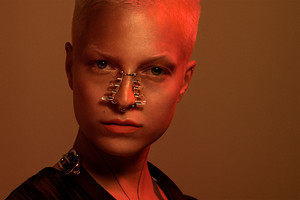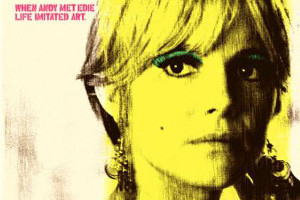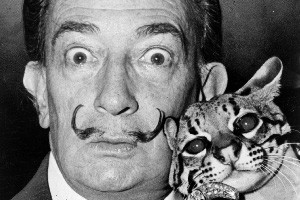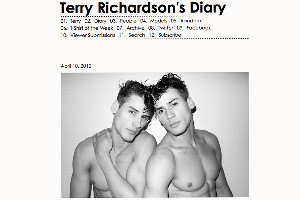An interview with Lina Michal
Written by Mari FlorerThe Swedish fashion designer Lina Michal’s summer has been tumultuous. When she was going through a really tough period, her life suddenly switched direction. She became the first Swede to win the Vogue Talents Young Vision Award 2013.
In collaboration with the Danish fashion label Muuse she is now in the process of producing her collection: Heathen Hearts. Her garments are mostly stitched by hand and it will be a challenge to translate them into a ready to wear collection.
– I don’t know if it’s even possible. It might be something completely different, she says.
Lina seems like a woman with a lot of self knowledge. She describes herself as a restless person with a lot of energy. She always has projects going on and she usually has too much to do. Her strategy right now is to reduce her schedule. She wants to be more spontaneous - enjoying whatever happens. The only thing she has planned this fall is that she will be an intern at Opening Ceremony in New York.
– I have always wanted to live in NY and now the time is perfect. There is nothing that will keep me in Sweden anymore and I’m free to do what I want.
The weeks prior to the Vogue competition, there was a lot of heavy stuff happening in Lina’s life.
– My grandmother passed away, I was separating with my boyfriend and I became homeless. I was broke because I had spent my last money on the collection. In addition, I was also searching for a job and I think I applied for 60 jobs without getting a single reply. At that moment I was thinking; Am I so bad, really?
No one had explained to me that it was difficult to get jobs in New York as a Swedish designer. So when I realized that, I was thinking: what shall I do?”
So, what did you do?
Fortunately grandmother had left some money to me. It felt almost like she had planned this. When I was counting on it, there was just enough money to do an internship in NY for five months. I started to look for a place to stay in NY. At the same time I found out that I would participate in the Vogue contest. I never thought I would win.
Due to the fashion award that I receive from Vogue a lot of people from the fashion business contacted me to discuss collaborations.
What was your inspiration to Heathen Hearts?
My collection is inspired from old Swedish traditions. In Sweden we have a long history of the animistic. My inspiration comes from midsummer traditions and the Elsa Beskow books. I wanted to work with something that was not about functionalism - something that was more decorated.
What do you think about contemporary Swedish fashion?
Swedes are very driven by functional and practical thinking. There’s nothing wrong with that. I am just a little frustrated that there never is anything else. Form and function are very important to us and that’s why it’s taboo to explore an aesthetic for its own sake. It’s much more socially acceptable to talk about beauty in other countries.
So, do you think we need something new?
Yes. I’m a little tired of the symmetrical shapes. The Balenciaga trend that existed a long time now is super and really beautiful, but I’m a little hungry for something else. And I need a break from parkas, chinos and army jackets. Though, I will not say too much. Next time maybe I will just want to make t-shirts and jeans.
When did you realize that you wanted to become a fashion designer?
I’m probably an annoying person because I had always knew. I was sewing already in kindergarten; although the sleeves may not really have set where they should.
Did you have a mentor who helped you?
Bea Szenfeld. She is the best because she is not afraid to be un-cool, unlike other Swedish designers. It suited me because I am a very un-cool person myself; I think I’m too nice.
Bea was a very good mentor because she encouraged me to dare more.
Your techniques; where do they come from?
I use classic craftsmanship techniques and update them to a more contemporary aesthetic.
For example, I made a purple dress with flowers on the sleeves and to get a more 3D feeling I cut out the parts of the flowers from the print pattern and embroidered them with pearls on the sleeves. I often work that way. I test a lot.
Will your next collection to be this advanced?
I wanted to try something more complicated this time but all fashion designers want people to wear their clothes. I think I will create a more wearable collection next time.
Does your collaboration with Muuse work out well?
Yes, they are professionals. They think of things that are important; the environment, ethics etcetera. They want to produce in Europe and they think it is important that the collection “breathes me”. They prefer quality over quantity, they say.
How would you change the fashion world for the better?
I want to add some responsibility, thinking and reflection. I can use models who don’t all look the same. I am a politically correct person and, as I said, rather un-cool. In the fashion world of today, it is more accepted to be provocative than to be inspiring. That’s a shame I think. There are too many remarkable things that are allowed in the fashion industry that are not allowed anywhere else. There are few who take responsibility.
Almost in any editorial in almost any newspaper anywhere there are naked breasts as an accessory. It is both irresponsible and boring to always convey the same image.
My schoolmate called her examination work Stop female death in visual communication. She made a visual petition in which she collected pictures of passive women in advertising. In some of the images they are so passive – they appear dead. The majority of these pictures are fashion images. This is so accepted that we do not even care when you see a man who is strangling a naked woman with his tie.
Why do we see these photos you think?
I think that the fashion world is not free from the rest of the world. Fashion and music picks up quickly, easily and directly current trends in time. They give us a very clear expression of what is generally going on in the head of people right now. It’s very interesting to look at fashion from a historical sociological perspective. Fashion reflects the time. It is really depressing when you think about it.

